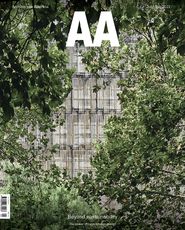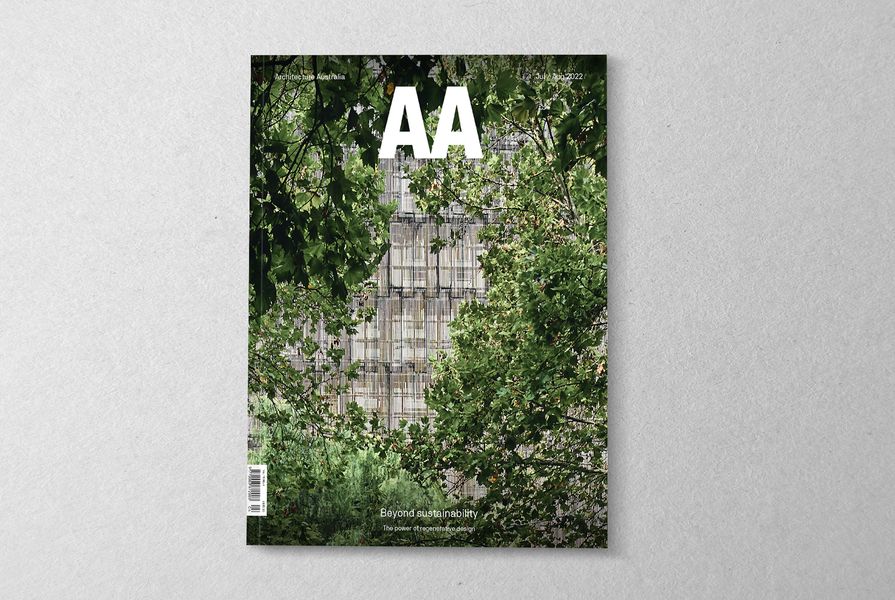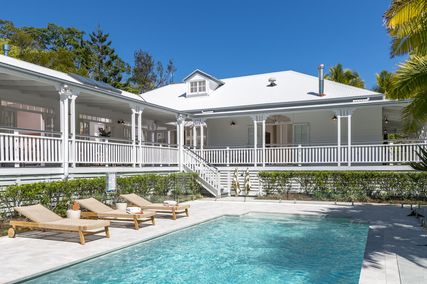We’ve been writing about the climate emergency in Architecture Australia for a few years now – but as we all know, we need to turn these words into action. For this reason, we invited three prominent sustainability experts to guest-edit an issue that could be used as a practical guide or resource for architects and designers.
Architects alone cannot combat the impact of the built environment on our planet. So, we cast our search for guest editors beyond the traditional boundaries of architecture. Collectively and individually, Stephen Choi, Clare Parry and Amanda Sturgeon have a wealth of knowledge and experience in advising on sustainable development and implementing global environmental assessment methods. Choi and Sturgeon both trained in architecture but now work in adjacent fields, while Parry is a sustainability engineer and consultant. Each of them has brought something different to the conversation and the Architecture Australia team thanks them for their valuable contributions.
The main takeaway is that there is no single or perfect solution to the complex environmental challenge we face – and that it is better to do something than to do nothing. As our guest editors say, “None of the projects or processes you’ll find here is perfect, but … they all move us further along the regeneration path. To become part of the solution to the climate and biodiversity emergency, we can’t afford to let a pursuit of perfection be the enemy of doing good.”
Collaboration and transparency are vital, notes Parry in her guide to practising sustainably: “There is no time for competition in delivering action on climate change; we need to be much more radical … Sustainability must be open-source or we’ll never get anywhere. If you have found a great approach, process or product, you have an obligation to share it.”
Knowledge and learning are instrumental in the repair of our environment. This includes listening to Country, as guided by Traditional Custodians; understanding where our materials come from, how they are made and what their life cycle looks like; taking on the challenge to make prototypes replicable; reflecting on previous mistakes and figuring out how to do it better next time; and continuing to challenge the status quo. Our industry’s educators are also recognizing their role as a potentially revolutionizing force for the whole profession – particularly as the 2021 National Standard of Competency for Architects is now aligned to support the built environment sector’s transition to net zero (among other important agendas).
As I write this, Australia is in the midst of a consequential political shift. The recent federal election (conducted after most of this issue was put together) has seen historically low levels of support for the major parties, with seats going to a small group of Sydney- and Melbourne-based independents who have challenged both parties to do more on climate change and accountability. Architect Elizabeth Watson-Brown has taken the inner-west Brisbane seat of Ryan for the Greens. These outcomes clearly (and reassuringly!) demonstrate what is of public concern. The new Labor government has three years to steer Australia into rapid action – but, as always, the onus is on all of us to help shape and implement these changes. So, let’s get on with it.
Katelin Butler, editorial director
Follow Architecture Australia on Twitter
Subscriptions and back issues: Print and Digital
Source

Preview
Published online: 27 Jun 2022
Words:
Katelin Butler
Images:
Adam Gibson,
Dianna Snape,
Katherine Lu,
Peter Bennetts,
Supplied
Issue
Architecture Australia, July 2022





















